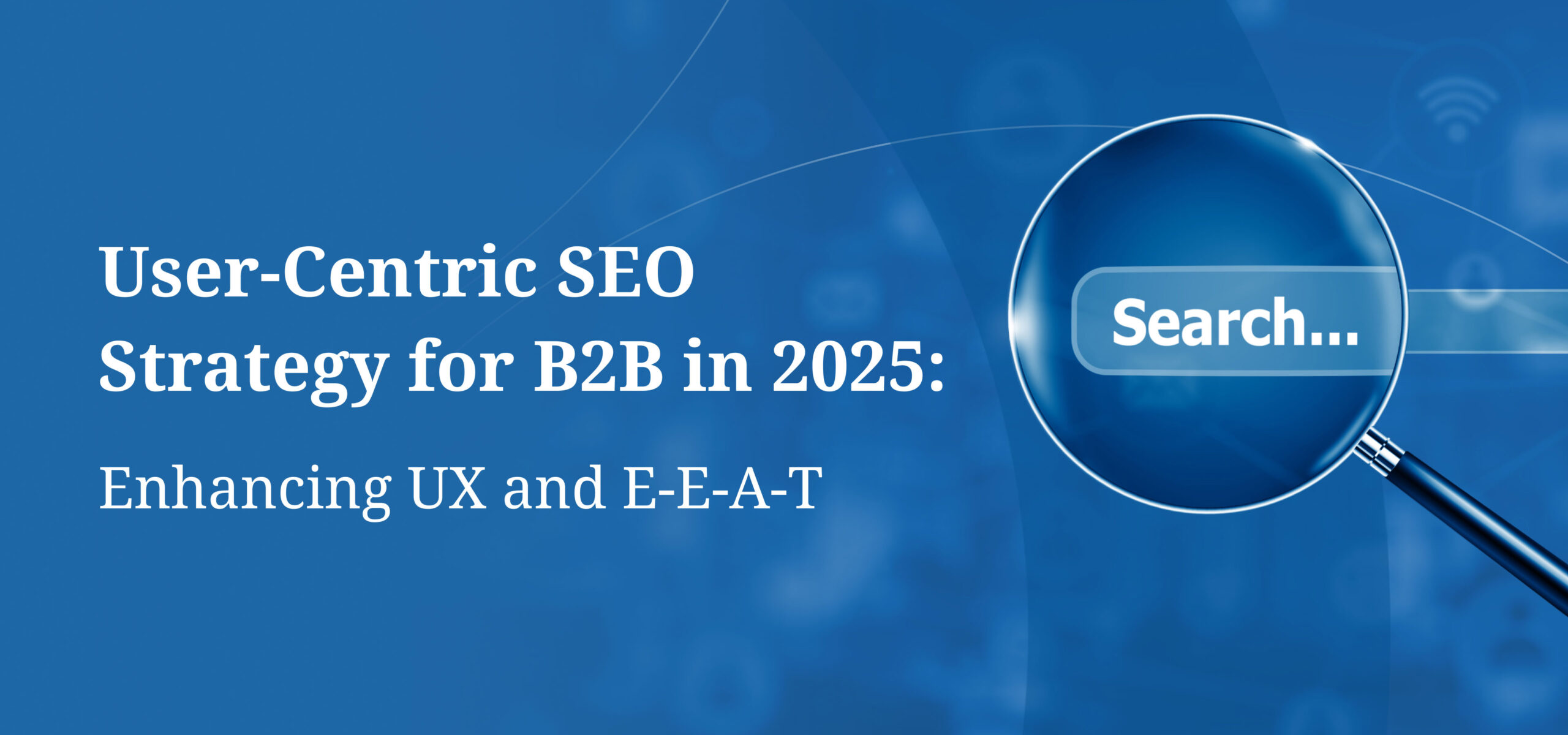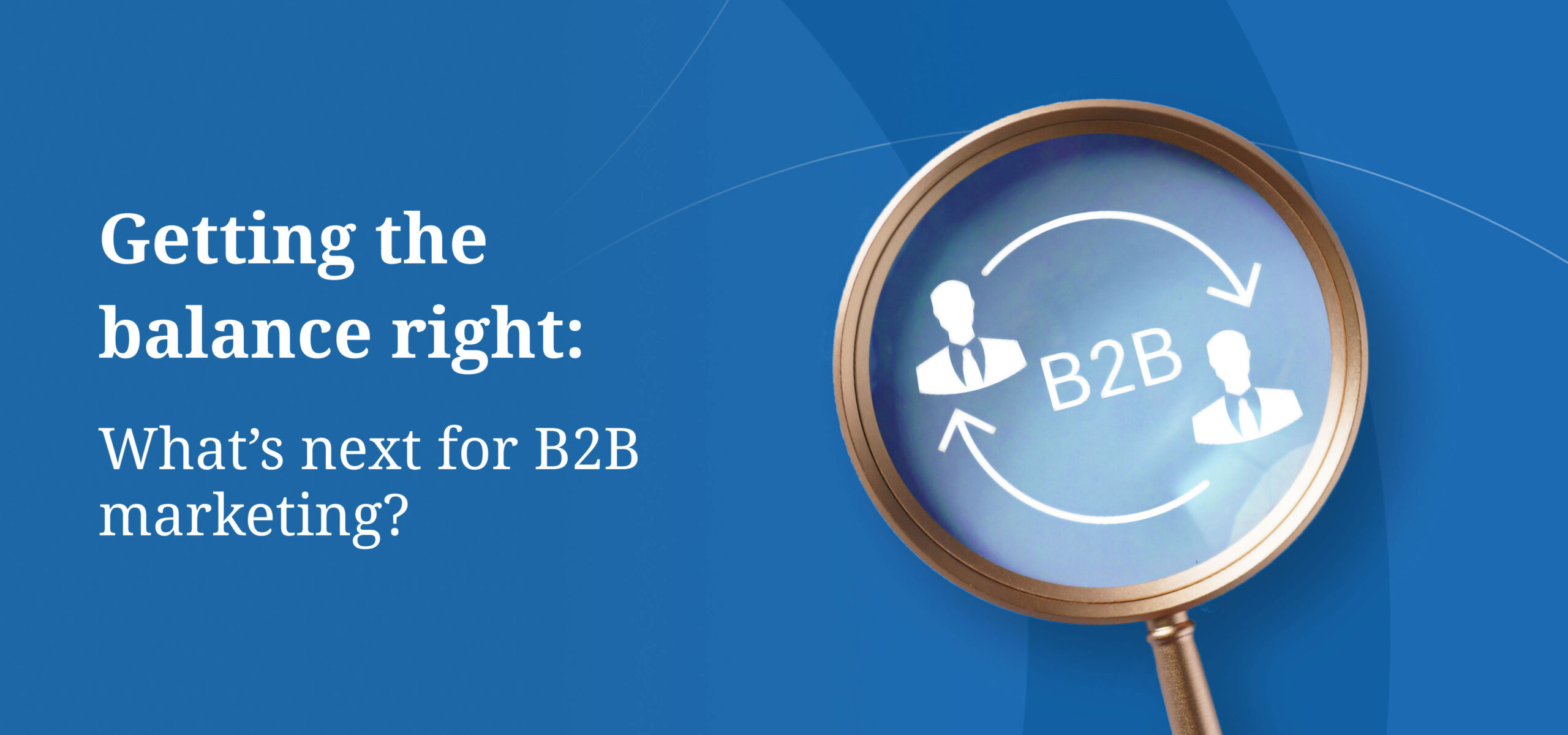Recently at a friend’s engagement party I got talking to a fellow business owner. I always enjoy talking to people in business and found listening to this person talking about her footwear business really fascinating. Firstly, she was only 25 and had already been in business for four years! I found this in itself admiring. When I found out that she had a business and marketing plan in place, I was equally impressed (According to CBA figures, approximately 50% of businesses don’t have business plans in place!)
Naturally Marketing and PR came up in our conversation! She talked about how she had considered doing PR in the past and had a few meetings with some PR companies. She had put a PR program on hold however as she was a little over whelmed by the fees and was a little sceptical about PR and its role in driving sales.
She asked me for my thoughts on PR and its role in driving sales. There is no doubt that PR is a vital part of the marketing and communications mix. When PR is used as part of a well balanced marketing program and when it is treated as an ongoing activity, then PR can both increase brand awareness as well as drive sales.
Here are some tips on how to use PR to achieve broader sales and marketing objectives:
[custom_list style=”list-2″]
-
Let your customers, stakeholders and influencers know about any positive coverage that you receive from a PR campaign
[/custom_list]
Getting your company name mentioned in targeted media is fantastic for brand awareness and exposure. However, not all of your target audience will necessarily see the coverage. Leverage any coverage that you may receive in your marketing and communications activities. For example:
- Include a media section on your website and list your coverage and media releases there
- Include any media mentions in regular forms of communication to your clients such as e-newsletters
- Make sure that you flag media mentions in any internal communications
[custom_list style=”list-2″]
-
Communicate media successes and future PR plans to your sales team!
[/custom_list]
Keep your sales team updated with any recent media coverage and upcoming PR plans. Pass any article re-prints to your sales team. You may even consider using a reprint in a targeted direct marketing campaign. Make sure that your sales team have any white papers or reports that have been used in media campaigns also. This can be used as useful collateral during the sales process.
[custom_list style=”list-2″]
-
Be consistent and persistent with your PR plans – don’t give up
[/custom_list]
A one-off campaign will not always deliver the necessary business outcomes that you might desire from investing in PR. Businesses need to communicate consistently with their customers, stakeholders and influencers and this goes for the media too. You need to build, foster and nurture media relations over time. Be patient.
In wrapping up I thought it would be worth highlighting the most successful PR campaign that I have been involved with to-date as it is a perfect example of how PR can work in conjunction with other areas of the marketing mix to drive brand awareness and sales. The campaign involved executing an online survey to customers re energy efficiency. We attracted interest with the survey and managed to get a significant number of responses required to develop a statistically valid white paper. We launched the white paper to the media and generated more than 30 media mentions including radio and print. We then used the paper in a direct marketing campaign to generate leads and appointments for the sales team. Following this we used the paper as a basis for an event to which we were able to invite key existing and prospective clients to. In this example, all forces of marketing were at work – online marketing, collateral development, media relations, direct marketing, internal communications, lead generation and events! It worked in perfect harmony!
Gemma Manning





